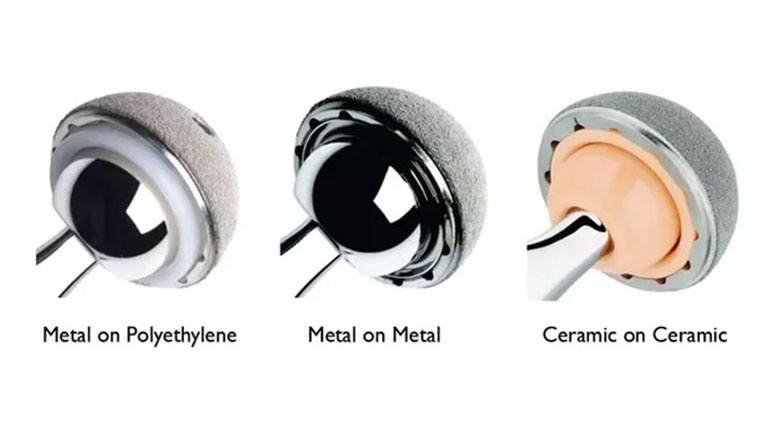What makes ceramic and metal different from one another?

Because metal or metal and plastic frequently experience wear and friction issues, surgeons started adopting ceramics for hip replacement surgery.
In the past, artificial hips were commonly constructed from a polyethylene (plastic) socket and a metal ball. Soft plastic can eventually being destroyed by hard metal. Ceramic, however, is exceedingly durable and extends the life of an artificial hip.
Ceramic can be utilized for either the ball alone (ceramic on ceramic) or both the ball and the socket liner. Additional components could be composed of ceramic on metal, ceramic on plastic, or metal or plastic and ceramic (polyethylene).
Ceramic-on-ceramic bearings, according to research [1], reduce abrasion, bone and muscle loss, and dislocation risk. Ceramic has a minimal level of reactivity and is not hazardous to humans. According to research, ceramic hip replacements may be better than metal or plastic ones since they are more enduring.
Ceramic materials have some restrictions, such as a potential for fracture during implant. Fractures are now less of a problem because of advancements in contemporary materials. A cracked ceramic implant, however, is still challenging to repair because there may be several microscopic shards.
A small percentage of patients who receive a ceramic-on-ceramic hip replacement report hearing squeaking noises coming from their hip that are comparable to the creaking of a door hinge.
The ideal material for a hip replacement is not a topic on which experts agree. Before choosing a material for your case, a surgeon will weigh the benefits and drawbacks of each option.













